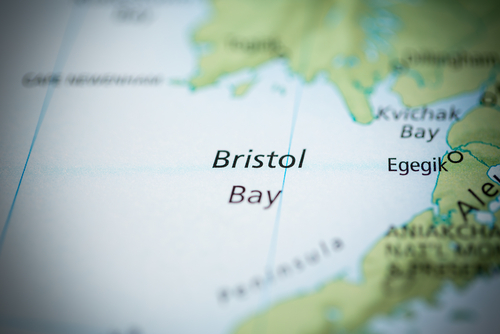
“Trust the Science”: Pebble Mine’s Tailings Dam Much Safer Than What the Eco-Left Wants You to Believe – Part 4
Last week, we began a series on how Alaska’s Pebble Mine, a copper, molybdenum, rhenium and gold prospect in the southwest part of the state, has been fought by anti-development and commercial fishing activists for over 15 years. Part two of the series can be found here, and part three here.
Today, we continue to review some of the claims of the eco-Left, and point out in the actual text of the FEIS where the Army corps debunks the Left’s messaging.
TODAY’S CLAIM: The Pebble project would permanently destroy surface and subsurface water supplies – both near the site and down-water toward Bristol Bay.
FACT: A fair amount of the discussion about the NEPA/EIS process centered around the issue of whether a catastrophic failure analysis for the bulk tailings facility was warranted. The U.S. Army Corps of Engineers said that based on Pebble’s plans to build, operate and maintain the bulk tailings, they could not establish a failure mechanism that would lead to a catastrophic failure. The final EIS looked at four recent mine failures in other parts of the world and also evaluated probable, yet highly unlikely, tailings facility spill scenarios for Pebble.
The U.S. Army Corps of Engineers’ Responses are below (parenthesis at the end of each statement show where in the FEIS the text can be found. “ES” is “Executive Summary”, “#.#-#” is descriptive of the section and subsection(s) of the FEIS, “Table #” would be the table in the appendices, etc.):
The Applicant’s design is distinct from most mine sites, in that it would separate bulk tailings from pyritic/PAG tailings. This design would serve to minimize the volume of tailings that require subaqueous storage. (K4.27-5)
There is no relevant comparison between the Fundão dam and the proposed bulk TSF main embankment on the Pebble Project. There is no relevant comparison between the Feijão dam and the proposed bulk TSF main embankment of the Pebble Project. (K4.27-13)
While this is only a representative sample, it is clear from the statements throughout the document that the Corps was thorough and comprehensive in its assessment of risk to the Bristol Bay fishery.
We can only hope that the politics of the day cease soon, and Pebble’s approval comes shortly thereafter. Alaska is a special place; one that sees world-class environmental care co-exist with responsible development every day. It doesn’t, and shouldn’t, be a binary decision. Pebble should be allowed to co-exist with the Bristol Bay fishery. There isn’t a scientific reason to continue to fight the project; only an unsupportable political one.
June 29, 2022